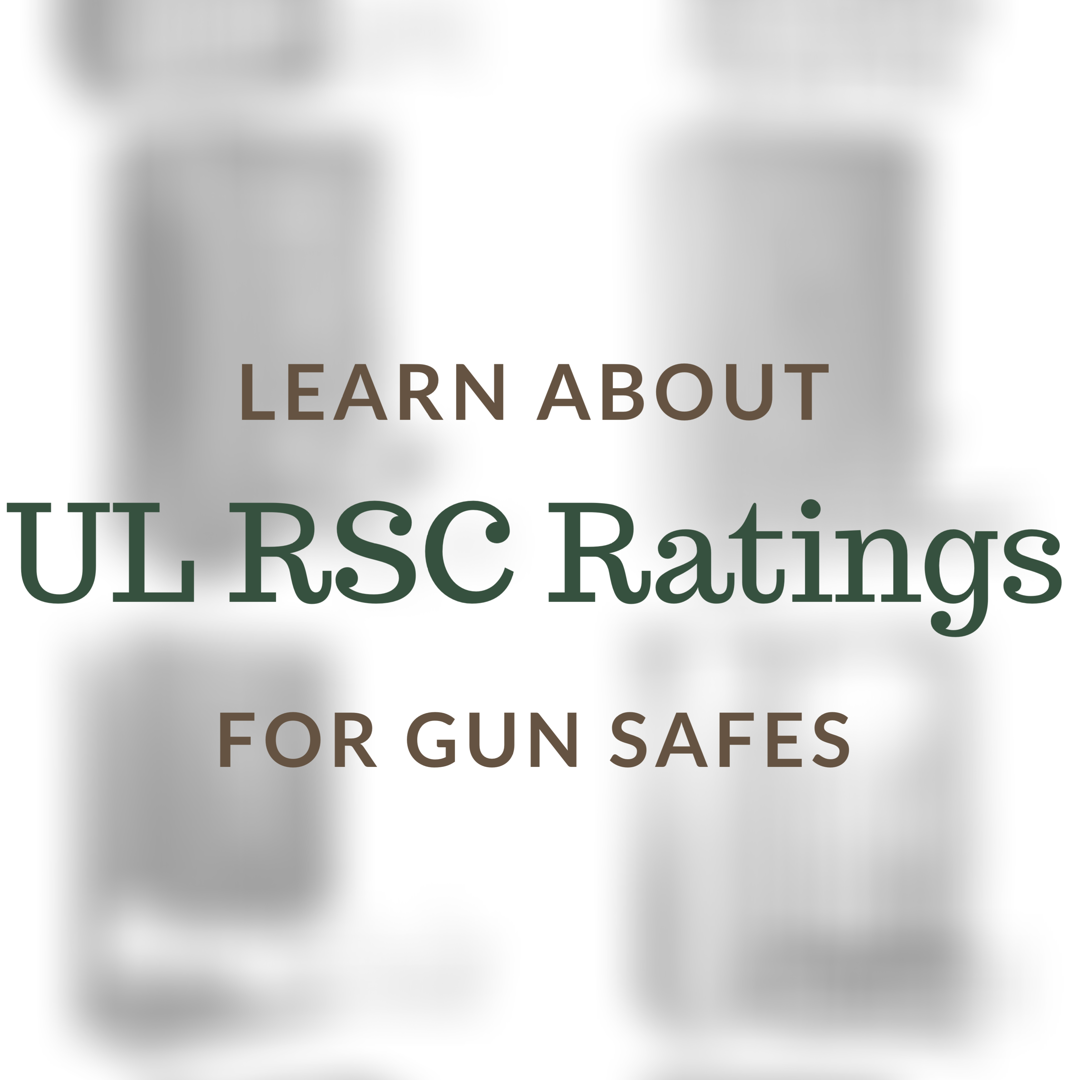
WHAT IS A UL RSC I RATING FOR LONG GUN SAFES?

Another question to ask is: Should all gun safes have this rating?
Let’s answer these questions and more as we explain why Sturdy Gun Safe doesn’t carry this rating.
UL RSC I Ratings are security ratings for gun safes that show the safe could resist an attempted break in for 5 minutes using simple hand tools. Impressed?
We hope not.
These security requirements are very low, so it says far more to exceed this rating as Sturdy Gun Safes do.
This rating would come in handy if one was to compare a cheap gun safe without this rating to cheap gun safe with one, but comparing it to a gun safe like Sturdy's wouldn't do any good.
Gun safe manufacturers love to get customers to believe this rating carries a lot of weight in attempts to disqualify higher security gun safes without this rating priced equivalent to their own.
Luckily, Sturdy Gun Safe doesn't need ratings to show how secure their safes are.
They offer many packages to upgrade the body and door thickness to near high security TL Rating safe standards, and their linkage design is also similar to TL Rating standards.
With all this security, why doesn't Sturdy Gun Safe just get the UL RSC I Rating anyways?
Or Better yet, the new UL RSC II rating?
The answer is extremely high costs which would need to be passed down to the customer and it still wouldn't be saying as much about the security of the gun safes as the torture videos prove.
In conclusion, the UL RSC I Rating is simply a low standard security rating for long gun safes that might come in handy when comparing low end safes to each other, but not higher end security safes like Sturdy.
Even if Sturdy was to get the UL RSC II rating, customers would still be comparing them to safes who have the level I rating or no rating at all.
Therefore, the RSC I Rating isn't worth the price that Sturdy's customers would end up paying for it.

1 comment
Can I suggest that you add the requirements of each category. That way, a consumer can at least see why a Sturdy might or could meet those requirements without the certification. I know portions of the UL requirements are steel thickness, even before they try to “crack” the safe for the timed entry portion of the testing..